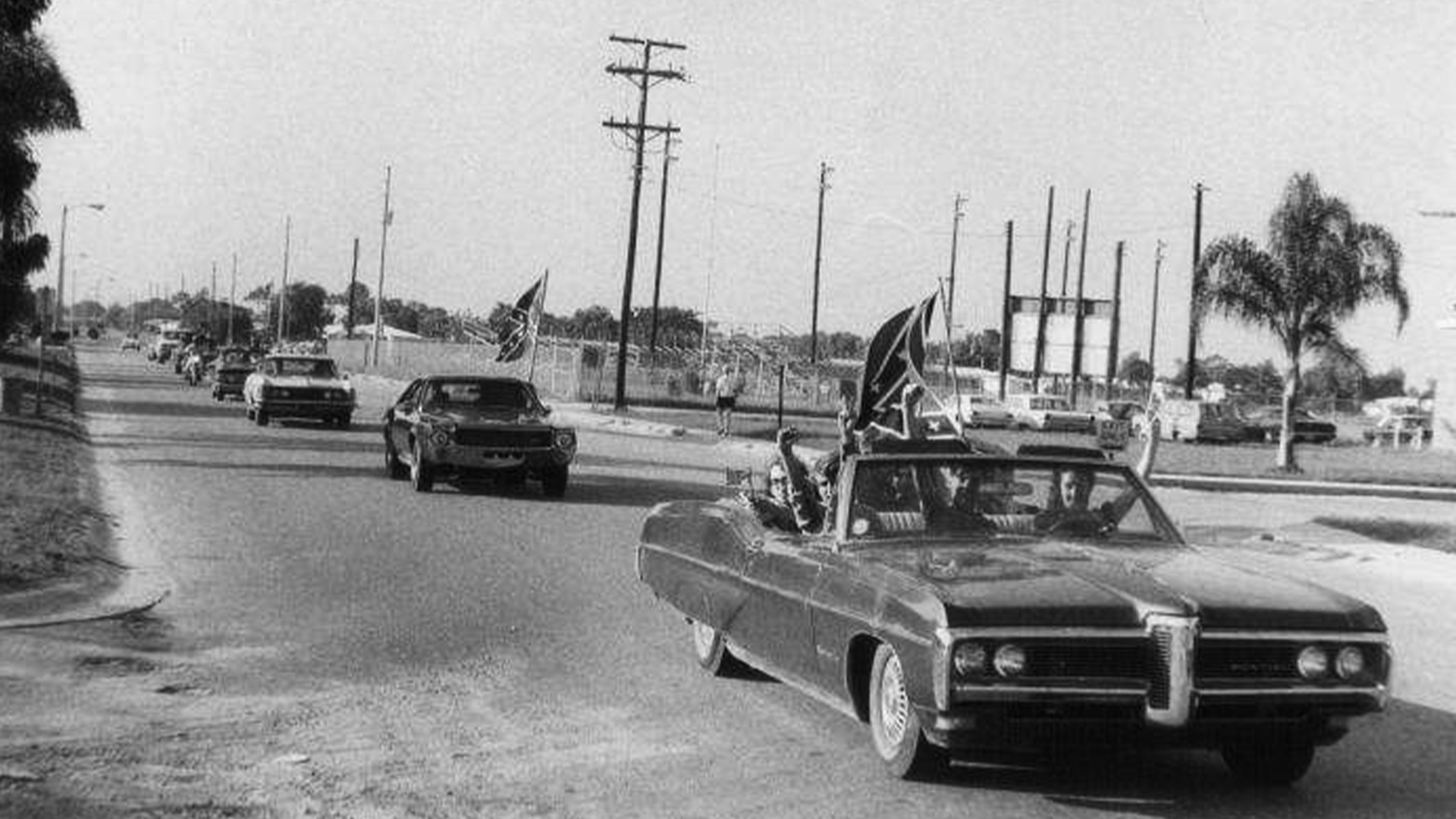Unequal Schools Persist

Image Source: Tampa Bay Times (1971, Dixie Hollins High School integration
Image Source: Tampa Bay Times (1971, Dixie Hollins High School integration
The racial desegregation of schools was not, and is not, a process that has happened quickly or smoothly. In Pinellas County, it took 15 years from the landmark Brown vs. Board of Ed ruling for a county-wide desegregation plan to be put in place, with resistance from white parents, schools and administrators at every step along the way. Today, unequal schools persist. This 2015 Pulitzer Prize-winning Failure Factories project from the Tampa Bay Times investigates Pinellas County’s failing schools in African American neighborhoods.
1954: The U.S. Supreme Court outlaws segregation in public schools in its Brown vs Board of Education of Topeka decision.
1954-1963: In violation of this ruling, Pinellas County builds nine new segregated all-Black schools and Gibbs Junior College
1959: Florida Supreme Court declares practice of Restrictive Covenants in housing, a major barrier to school integration, illegal.
1959: Pinellas County Schools creates the Committee on Desegregation of Schools
1961: Desegregation of Pinellas County Schools occurs when two Black students enroll at St. Petersburg College
1964: Attorney James Sanderlin represents five black parents in an attempt to dismantle dual schools in Pinellas County
1964: Civil Rights Act of 1964, prohibiting discrimination in public schools because of race, color, religion, sex, or national origin is passed and signed.
1965: U.S. District judge orders desegregation of Pinellas County Schools
1971: Pinellas County School Board adopts a county-wide desegregation program. Judge orders that no school can have a student population that is more than 30% black.
